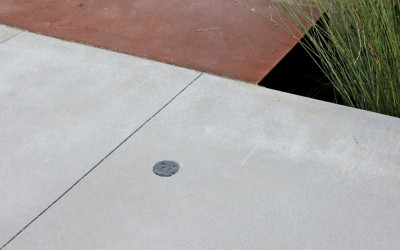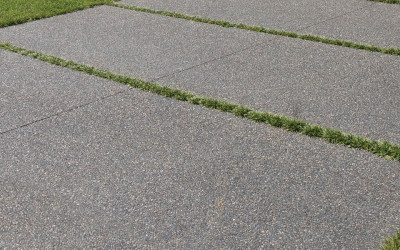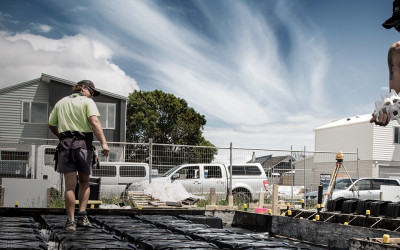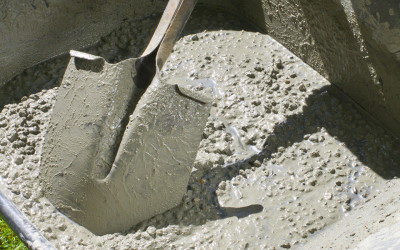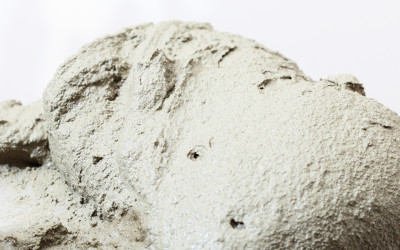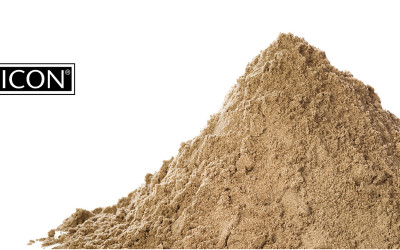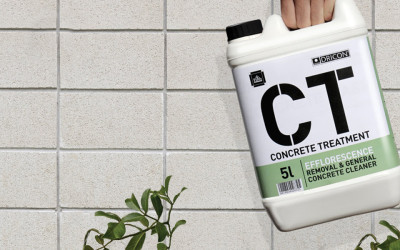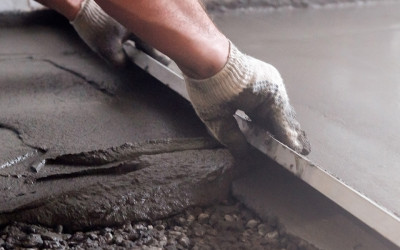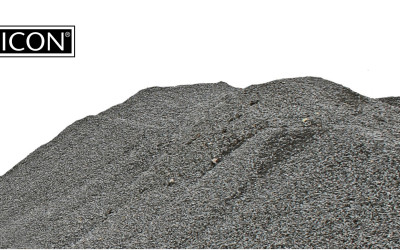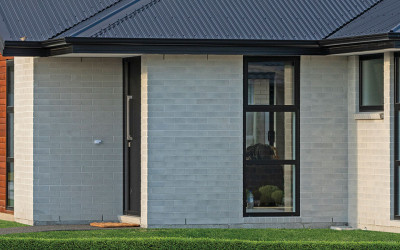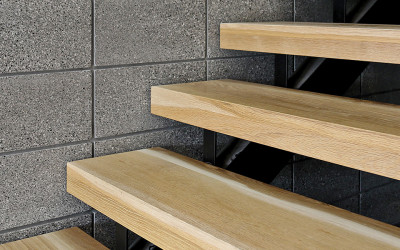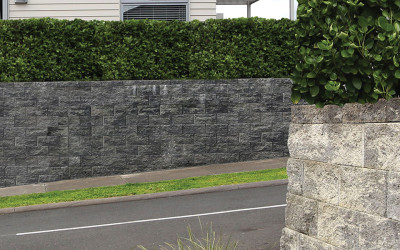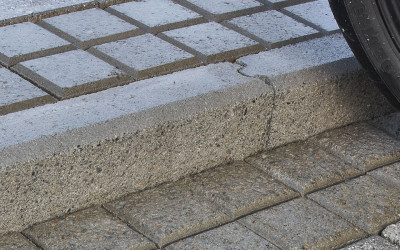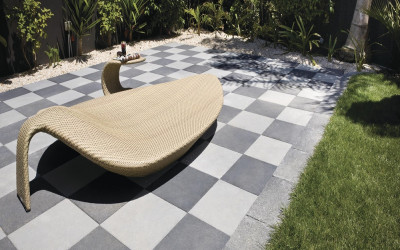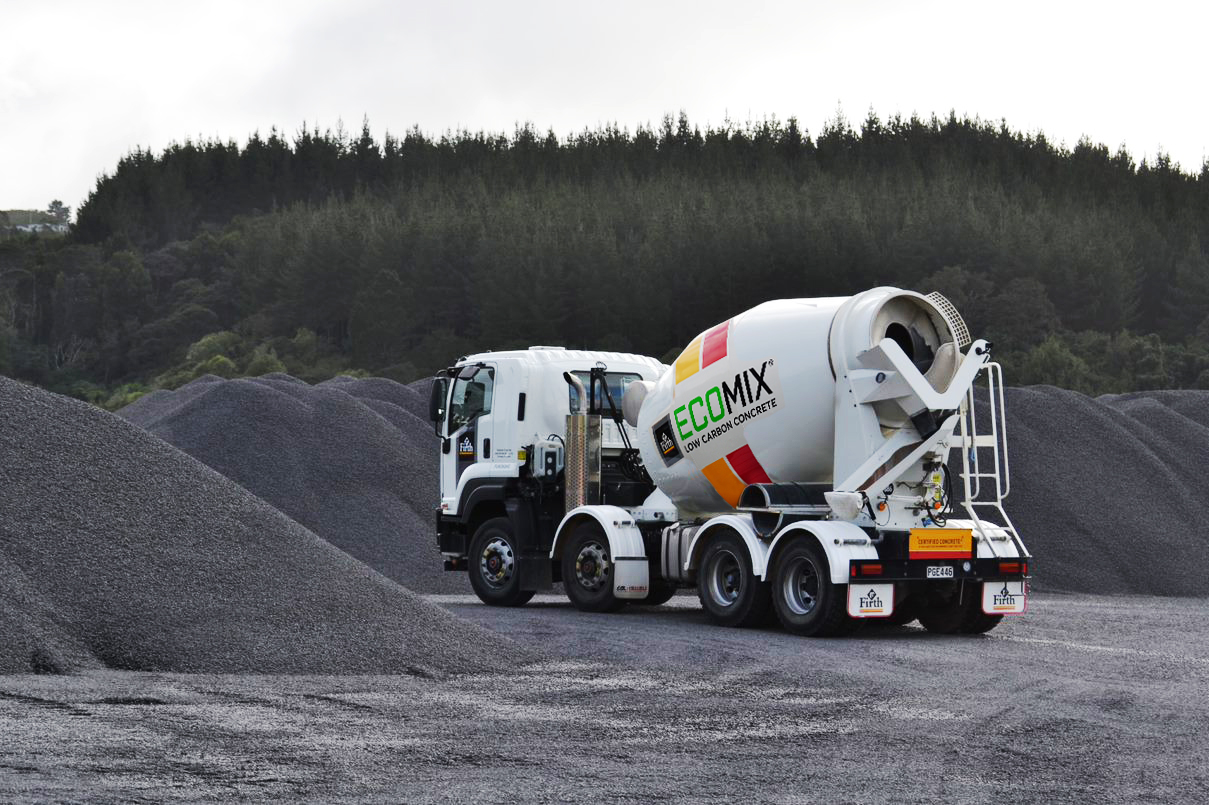
Building for climate change with Firth EcoMix Low Carbon Concrete
Is it possible to build with concrete and reduce your carbon footprint?
As New Zealand’s leading concrete manufacturer Firth has been deeply engaged in the conversation about how to design for climate change with concrete, something an increasing number of designers are looking to understand. It’s often talked about but hard to define when designing a building. Taking a whole of life approach to ensure the structure will be here for a long time is more important than ever, making concrete a logical choice. But how can we be sure?
Concrete’s benefits include:
- Long product life - with low maintenance
- Durability - perfect for foundations, retaining structures, infrastructure, and industrial floors
- Fire resistant
- Good sound attenuation
- Hardscape applications (permeable mixes are achievable with additional storm water control and water quality benefits)
- Thermal mass - the ability to store heat providing inertia against temperature fluctuations.
These benefits, combined with availability, excellent quality control and cost competitiveness make concrete construction an attractive proposition, right? However, as with all materials, there are aspects of the report card which read - ‘could do better’. For some time the focus for the concrete industry has been to find ways to reduce the carbon footprint of concrete.
What is a carbon footprint?
A carbon footprint is a colloquial term for the Global Warming Potential (GWP) of a material or product. It is expressed as a number of kilograms per CO2 equivalence (CO2e). The equivalence refers to converting the impact to global warming of a range of gases to that of carbon dioxide. For example, 1 kg of methane is approximately equivalent to 24 kg of CO2 in terms of global warming potential.
So we need to know this number. You may see claims about ‘reductions in the percentage of embodied carbon (CO2e)’ - but what does this mean? Without knowing the reference number that reduction comes from it’s impossible to know if that is the best option for reducing carbon. Instead it’s best to look for the GWP number which can be found on the product’s Environmental Product Declaration (or EPD) - a third party verified document that shows the GWP and whether it’s the right product for your project.

The glue in the concrete – cement
The concrete industry is working hard to reduce carbon emissions through the use of lower carbon cements such as EcoSure from Golden Bay and Supplementary Cementitious Materials in mix designs.
Although a 28-day strength is the universal specified requirement, there are a range of other attributes our technical team can specify - ie early strength, a flowable or cohesive mix - to allow placement in piles. Aggressive exposure conditions may also dictate mix ingredients. All of these requirements can have an impact on how the mix is designed, and in turn GWP of the finished concrete.
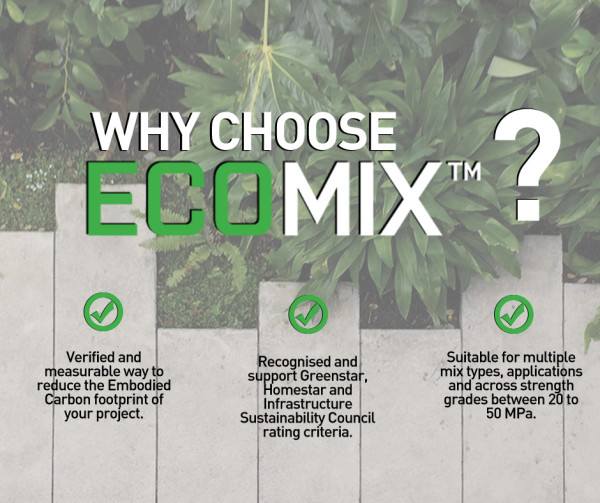
So, if you want lower carbon concrete, how should you specify it?
As a designer or engineer it’s important to know what strength you want for your concrete and your GWP target. Firth has developed an EC (Embodied Carbon) rating system to make specification easy. You’ll find it at MasterSpec or www.firth.co.nz
The table below shows GWP targets for a variety of concrete strengths. When using New Zealand manufactured cement it is generally possible to achieve GWP values close to or below Firth’s EcoMix EC20 rating. Firth’s EcoMix EC30 and EC40 can be achieved with project specific mix designs. Designers can set the GWP and let the concrete supplier determine the most economical and safe method of achieving the targets.
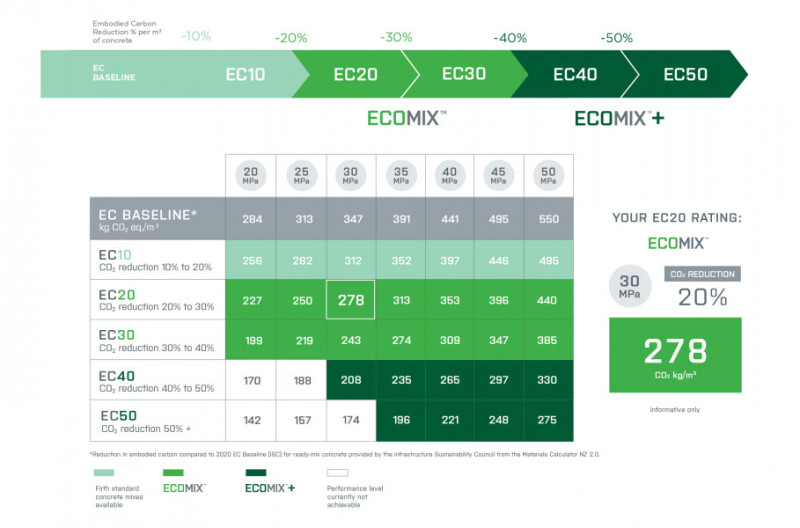
Leave it to us
Specifying the ingredients to go into a concrete mix design takes you time and is fraught with potential liability. Now you can leave mix design to our experienced technical team - simply set the target GWP number – but do check this number which often is lower than previous years. Investment by Golden Bay Cement, New Zealand’s only cement manufacturing plant, means that the already world best practice GWP is getting lower for New Zealand-made cement. Admixture technology is also improving refining, and supplementary cementitious products are becoming more available.
As a designer all you need to do is specify the strength and a maximum GWP number and give us a call to find out if it’s achievable in your area to meet your client’s needs.
It is possible to build with concrete and reduce your carbon footprint - and Firth is here to help you do it.
Contact us for more info by completing the form on Firth Low Carbon Concrete or give us a call on 0800 FIRTH 1.
